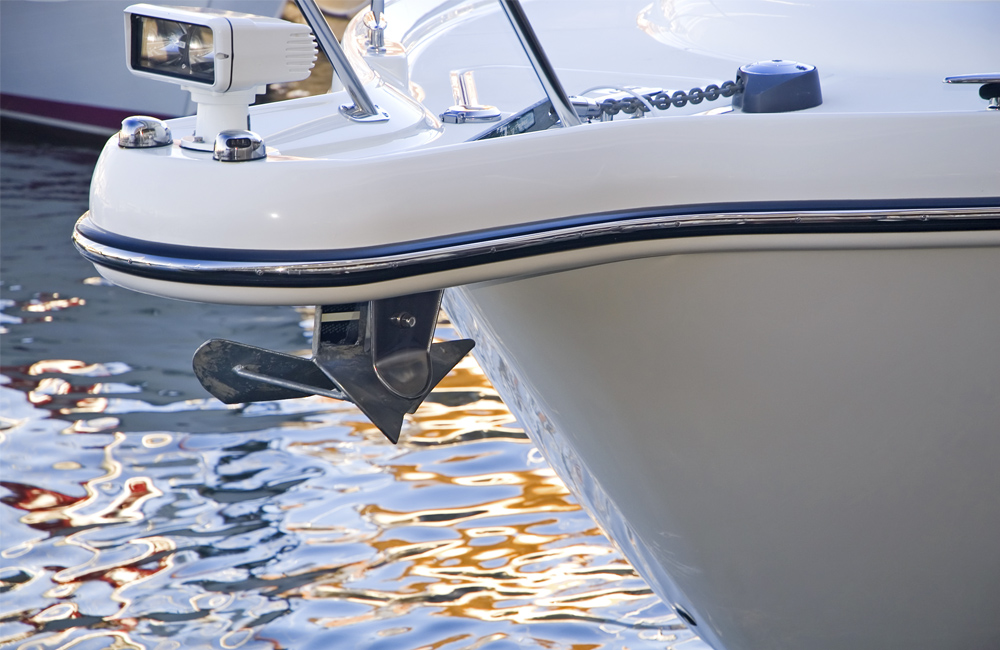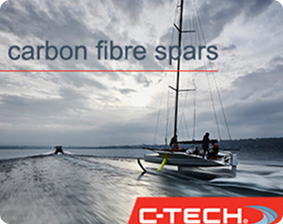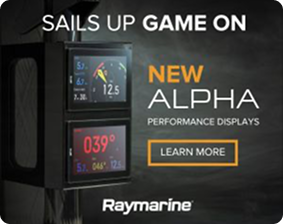
Determining a good anchorage is already half the success. Popular locations are listed in guidebooks, but you shouldn’t limit yourself to them. When choosing a suitable anchorage, consider the following key factors:
Shelter
For open anchorages, it’s essential to account for sea breezes, protection from ocean waves, and squalls. Always check the weather forecast to avoid surprises, such as wind shifts that can turn a secluded bay into a dangerous lee shore. Also, consider tidal conditions: currents and natural shelters, such as rocky outcrops, can change significantly throughout the tidal cycle.
Seabed Characteristics
Sand and silt provide the best holding, as long as they are not too soft. Avoid rocky bottoms and seagrass. The shoreline can give clues about the seabed: rocky sections often extend into the water, while sandy areas may be nestled between them. Lighter water colors typically indicate sand, whereas dark patches suggest rocks or seaweed. Satellite imagery, such as Google Maps, is invaluable for assessing anchorages in advance. Save screenshots of potential anchorages on your phone or tablet before setting sail.
Depth
When anchoring, consider both high and low water levels. The length of your anchor chain and rope limits the depth at which you can safely anchor.
– For chain, a 4:1 scope (depth to chain length) is recommended.
– For rope, a 6:1 scope is preferable.
It’s important to know the tidal height upon arrival to factor in tidal changes. The minimum anchoring depth is calculated as follows:
draft + clearance + tidal drop.
The chosen clearance depends on the conditions: in soft silt, 0.5 m between the keel and seabed may be sufficient, but on rocky bottoms, a greater distance is necessary.
Swing Radius
Consider the boat’s swinging radius. For example, for a Malo 46 Wimsey with a draft of 2.1 m and a chosen clearance of 1 m, we calculated:
– Tidal height – 3.9 m.
– Tidal drop – 3.7 m.
– Required chain length – 29 m.
The swinging radius is the length of the deployed chain (28 m) plus the boat length (15 m), resulting in a 43 m radius. However, remember that in normal conditions, the chain is rarely fully stretched, and under strong winds, it typically tightens in only one or two directions.
Second Anchors
A second anchor is useful in situations with limited swinging space, heavy wave action, or to reduce the boat’s yawing. If the second anchor will bear the boat’s weight when the tide shifts, it must be properly set and have sufficient holding power. A small or poorly set anchor won’t perform effectively.
Conclusion
Choosing a safe anchorage is not just about convenience; it’s key to a restful stay aboard. Consider weather conditions, seabed characteristics, depth, and swinging space, and always have alternative options in mind. A careful approach to anchoring will ensure safety and comfort in any situation.


